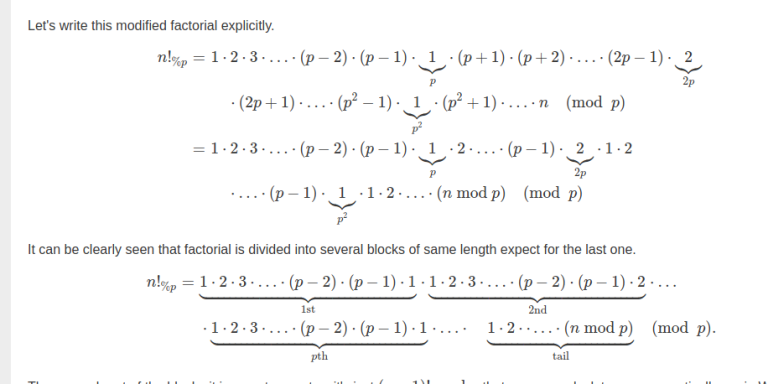What's the easiest implementation for transforming a graph to its dual? I couldn't find any easy to understand algos so i need some help.
→ Pay attention
→ Top rated
| # | User | Rating |
|---|---|---|
| 1 | tourist | 3856 |
| 2 | jiangly | 3747 |
| 3 | orzdevinwang | 3706 |
| 4 | jqdai0815 | 3682 |
| 5 | ksun48 | 3591 |
| 6 | gamegame | 3477 |
| 7 | Benq | 3468 |
| 8 | Radewoosh | 3462 |
| 9 | ecnerwala | 3451 |
| 10 | heuristica | 3431 |
→ Top contributors
| # | User | Contrib. |
|---|---|---|
| 1 | cry | 168 |
| 2 | -is-this-fft- | 162 |
| 3 | Dominater069 | 160 |
| 4 | Um_nik | 159 |
| 5 | atcoder_official | 156 |
| 6 | djm03178 | 153 |
| 6 | adamant | 153 |
| 8 | luogu_official | 149 |
| 9 | awoo | 148 |
| 10 | TheScrasse | 146 |
→ Find user
→ Recent actions
As for many combinatorial etc. tasks we choose to perform %(mod) operation with a prime no.(M) but is the information lost?i.e Can we map back to the orignal no of combinations whose max value we actually restricted to M.
Extra question:

In the given image while calculating %p for each why is np%p=1 {n=1,2,3,4.. } instead of 0.
https://www.codechef.com/problems/EDIT Can someone give me an intuition on how to approach this problem ?
Codeforces (c) Copyright 2010-2025 Mike Mirzayanov
The only programming contests Web 2.0 platform
Server time: Feb/17/2025 06:33:14 (k2).
Desktop version, switch to mobile version.
Supported by
User lists


| Name |
|---|










